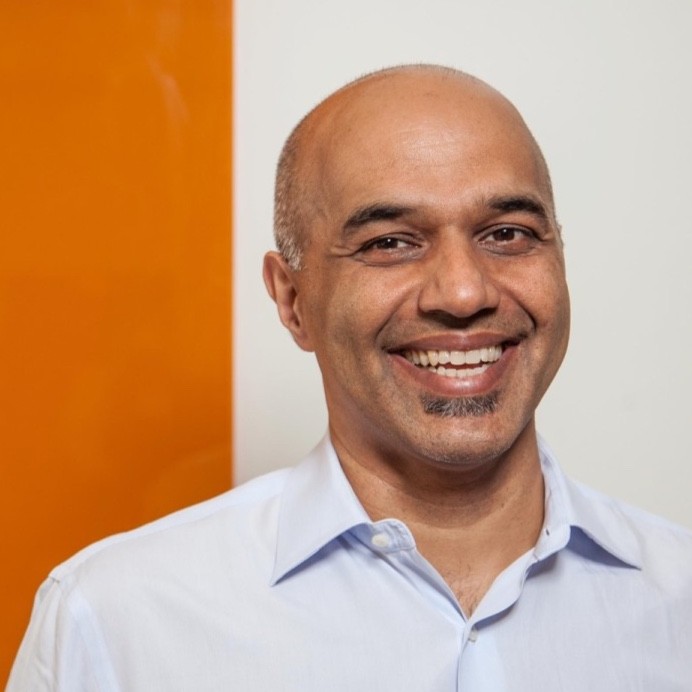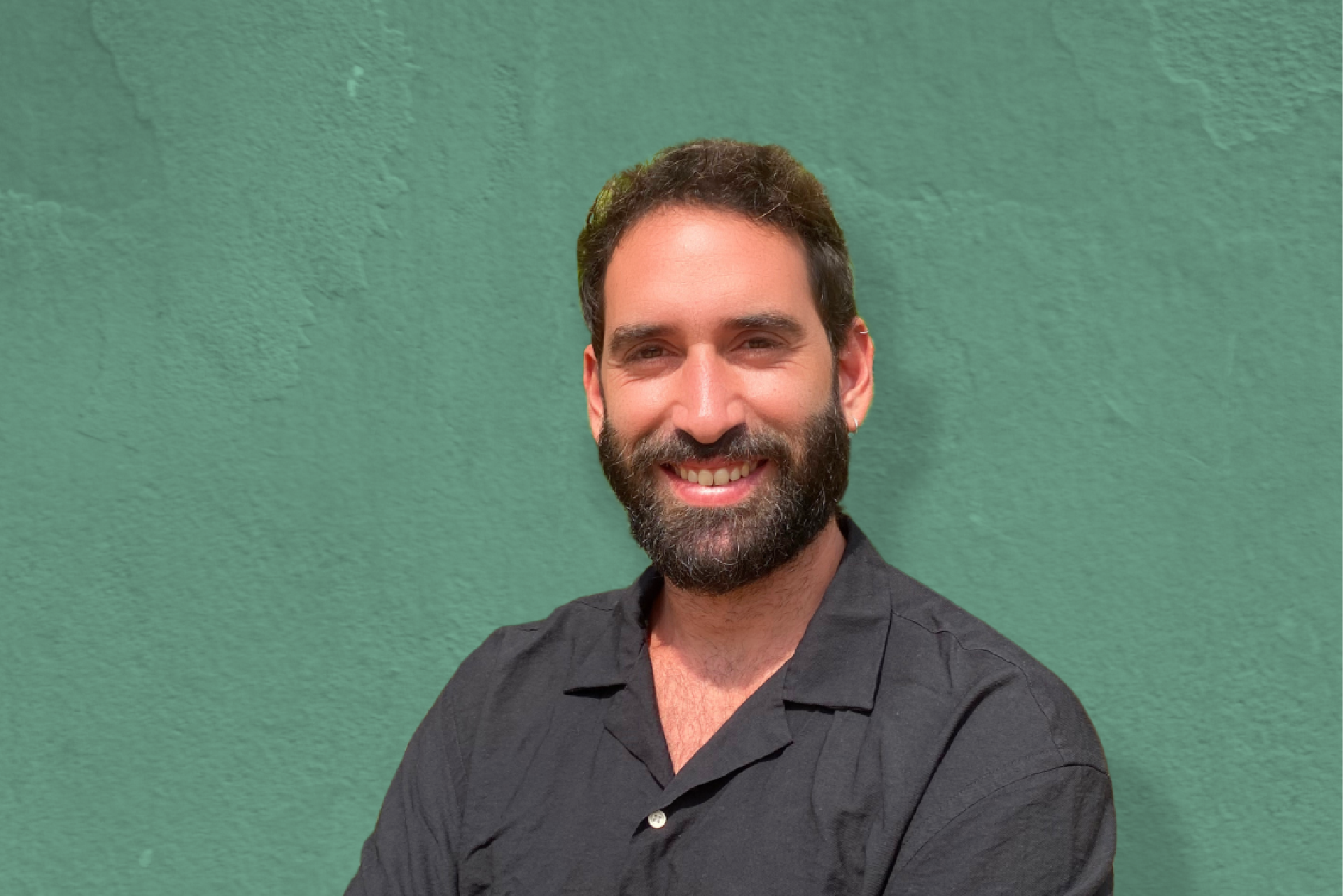
Green Success Stories spoke with CEO and co-founder of Spring Free EV, Sunil Paul, about his mission to get 100 million electric vehicles on the road to reduce emissions by one gigaton per year.

Hi Sunil, could you tell me a bit about your background?
I am a serial entrepreneur and tech veteran with a background in electrical engineering, with more than 30 years of tech experience and innovation on the global climate stage. I am the co-founder and CEO of Spring Free EV, a startup that aims to electrify fleets across the country, with a goal of reducing CO2 emissions by one gigaton by the year 2030.
Before launching Spring Free EV, I co-founded Sidecar, inventing modern ridesharing. I also incubated the carsharing marketplace Getaround and made a number of successful investments including several IPOs such as LinkedIn through my venture fund, Spring Ventures. Before arriving on the Silicon Valley tech scene, I worked in Washington D.C. as a Senior Engineer for global management and technology consulting firm Booz Allen Hamilton, where I worked on NASA’s Space Station information systems. Next, I went on to work for the United States Congressional Office of Technology and Assessment as a Senior Analyst, where I focused on nanotechnology and information technology.
I first broke into the private tech sector in 1994 as the first Internet Product Manager for one of the first and soon-to-be largest internet service providers of that time – AOL. In 1996, I co-founded and launched my first startup, Freeloader, Inc, one of the originators of web-based push technology services. I sold that company for $38M. Next, I founded Brightmail, which focused on anti-spam and email cybersecurity, and sold for $370M.
I am personally passionate about helping to protect our planet and actively work with non-profits like Clean Energy for Biden, Cleantech for Obama, the Clean Economy Network, the Gigaton Throwdown Initiative, and Carbon War Room. I have spoken at many climate tech events over the years, including Gigaom, Disrupt NY, Fortune Brainstorm Green Conference, and Near Future Summit. I have also been featured in the Wall Street Journal, New York Times, Bloomberg, Fox Business News, Business Insider, and Forbes.
What is a fun fact about you?
I moved from Punjab, India, to Oklahoma with my family when I was four years old. Our family eventually settled in Tennessee and my parents ran their own hydroponic greenhouse farm business.
Why do you think climate change and sustainability is such an important topic today?
In 2019, I looked out my window to see a solid orange haze blanketing the Bay Area sky. Catastrophic wildfires continued to blaze and ash rained down around my home. Smoke from wildfires made the air unhealthy, and at times hazardous. Local stores ran out of masks and air filters. My kids’ schools stopped classes. Friends fled the area. It felt like the apocalypse. The local fires were a manifestation of the global climate crisis. Having followed the science on climate change for years, on that day I realized I had colossally failed a decade-long quest.
Some background: In 2009, I recognized the deleterious impacts of carbon emissions on our planet and set out to positively impact our climate. I created a study called, “Gigaton Throwdown,” which looked at the question of what it would take to scale up new technologies to impact climate. One of the conclusions was that electrification of cars could not achieve scale impact within a decade; however, solar, wind and efficiency could. Since personal automobiles are only used about 5% of the time, I thought perhaps we could get a gigaton of carbon emissions reduction in ten years by re-thinking how we use automobiles.
I set out to increase the efficiency of fossil-fuel cars. I incubated Getaround, the peer-to-peer carsharing company and passed a law in California enabling the rapid spread of that product. Next, I co-founded Sidecar, which invented ridesharing as we know it today. All that innovation was designed to have a climate impact. It did not work.
Ride-sharing proved to be even worse for the environment, with each trip causing about 69% more greenhouse gases than the one it displaces. Ridesharing and carsharing increased the demand for taxi-like services and changed our behaviors to increase time on the roads once it was easy to book a ride anytime. I realized that when it comes to climate solutions, efficiency does not work. We must get gas-guzzling cars off the road and replace them with electric. I am hoping that Spring Free EV can get it right by making EVs more accessible to help mitigate global warming.
What do you envision your industry looking like 10 years from now?
Considering my earlier failure at climate impact, I wanted to be certain we could get to gigaton scale with Spring Free EV’s Mileage Purchase Agreement. I ran an analysis to conclude that we must add about 100 million EVs on the road to reduce emissions by one gigaton a year. That is a lot. However, taking a page from what fintech innovations accomplished in solar, it is possible.
To do that with Spring Free EV, we created the most affordable, easiest, and fastest way to get an EV. We use the mileage purchase agreement, a fintech innovation we created, which charges a fee per mile for using a car and reduces the monthly fee. It makes electric vehicles more affordable because EVs cost about half as much to drive per mile than a gas/diesel car.
Our strategy is to rapidly scale by enabling many entrepreneurs around the world to operate EV fleets. We set the top goal of the company to try to achieve gigaton scale. Ridesharing and carsharing are our initial focus. Today we provide EVs to entrepreneurs who operate fleets on carsharing platforms or that are rented to gig workers. We estimate there are single-digit millions of vehicles in the US engaged in gig work. The gig economy will be a great start toward a gigaton, but we won’t stop there.
We envision working with other businesses and entrepreneurs pursuing other niches beyond ridesharing and carsharing. By partnering with thousands of entrepreneurs and businesses worldwide, we see the path to increase the number of EVs on the road, help entrepreneurs achieve their dreams, and build thriving businesses. That is how we plan to get to a gigaton scale in the next 10 years and significantly impact climate change.
What can the average person do to make a difference?
You can make the switch to an EV. Historically EVs have only been accessible to the 1% due to high upfront cost. Spring Free EV presents an incredible opportunity to help people go electric to reduce their carbon footprint while also saving money in the long term. You can sign up here.
Thanks Sunil, for sharing your vision for getting 100 million electric vehicles on the road to reduce carbon emissions and provide cleaner, greener air for everyone.
Join us at the Green Summit in September 2022 with Steve Wozniak.




